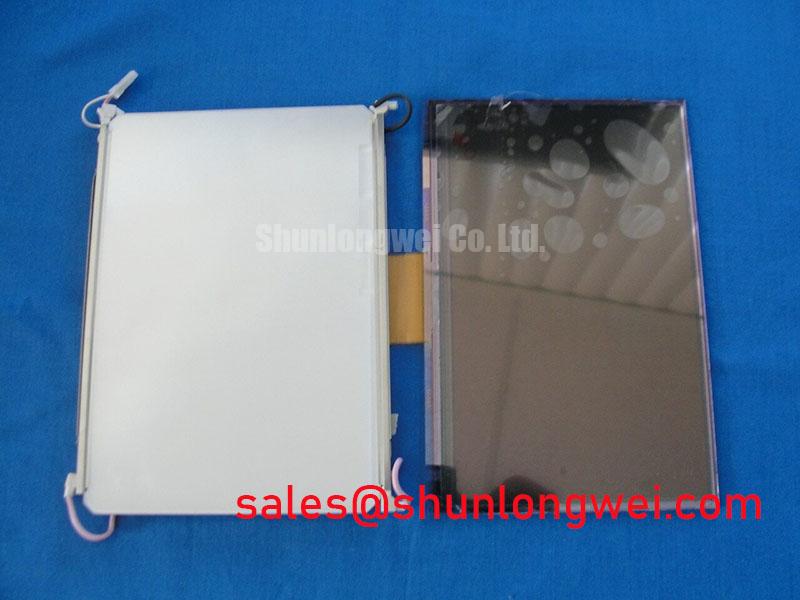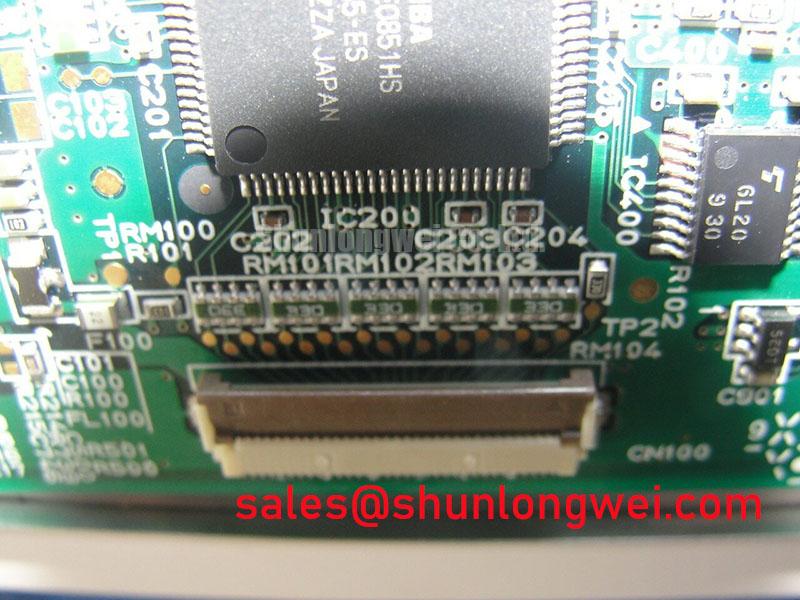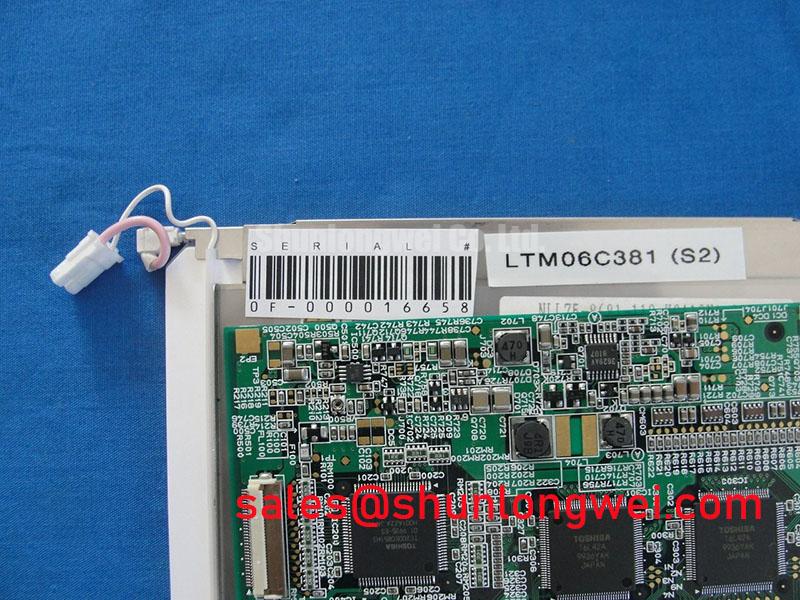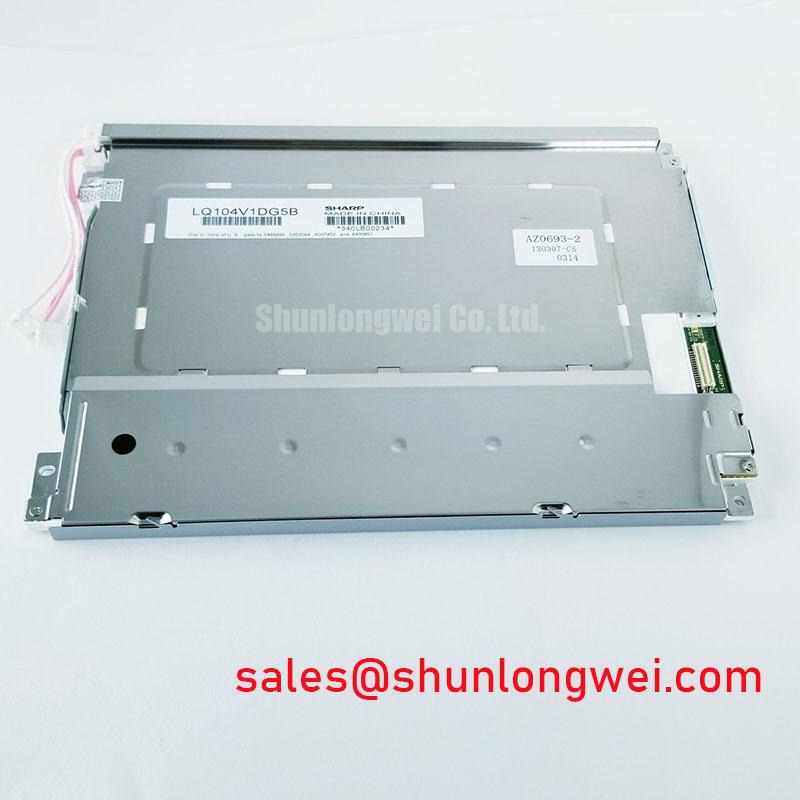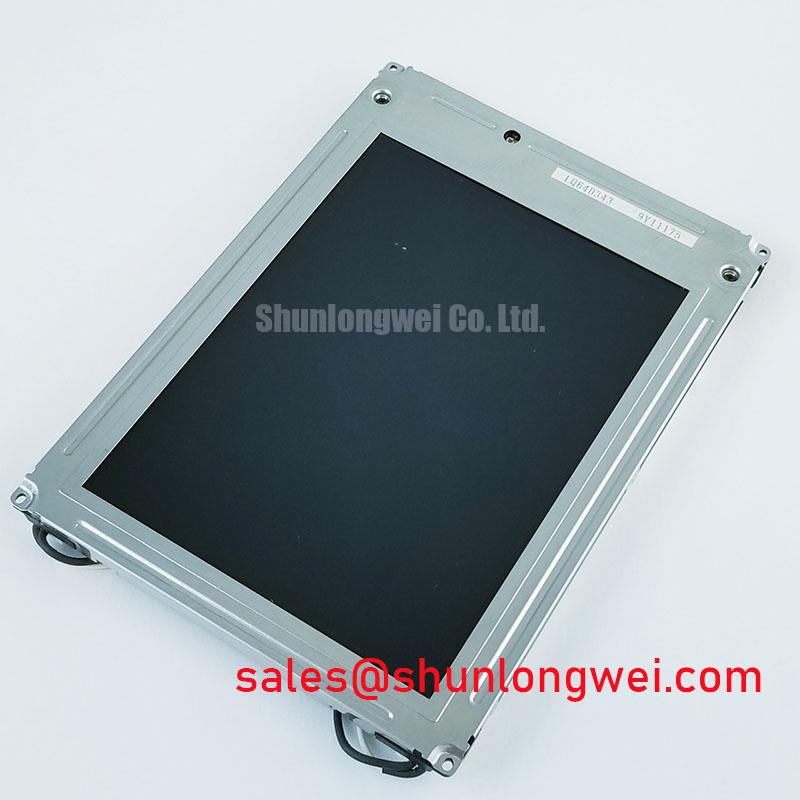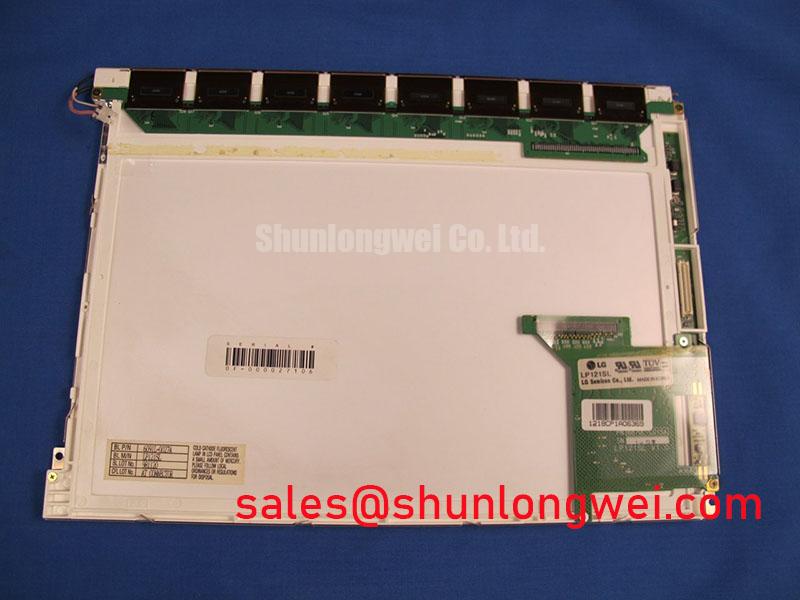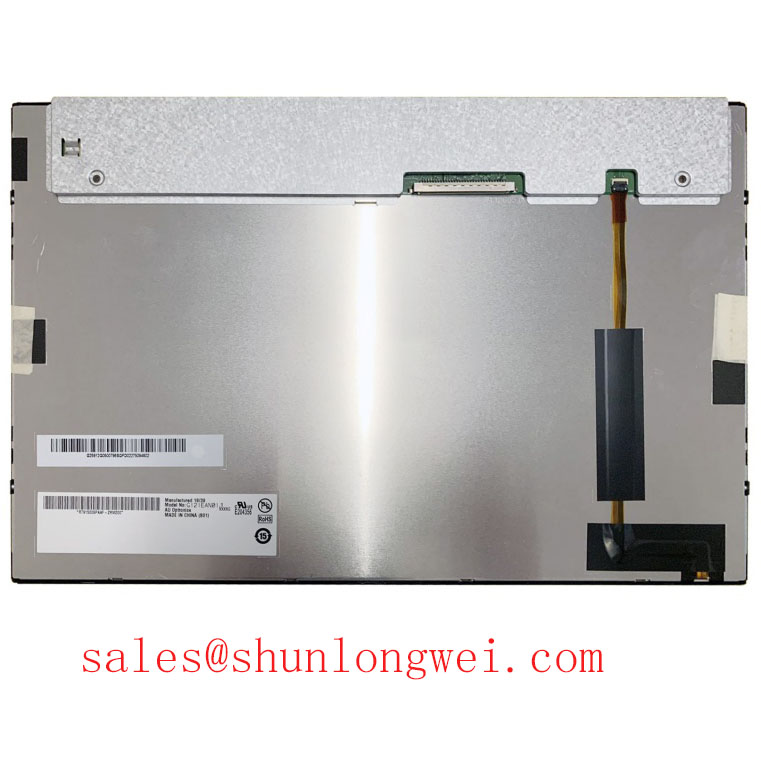Toshiba LTM06C381-S2 | Sustaining Critical Systems with Proven VGA Display Technology
The Toshiba LTM06C381-S2 is a 6.4-inch a-Si TFT LCD panel engineered for long-term operational stability in industrial and medical equipment. In an era dominated by rapid technological turnover, this display provides a critical solution for lifecycle management, offering a precise, reliable drop-in replacement for systems where extensive recertification is impractical or cost-prohibitive. Its adherence to the established VGA standard and its robust construction ensure that critical human-machine interfaces (HMIs) remain functional and consistent, preserving the value and operational readiness of deployed capital assets.
Anatomy of a Legacy-Ready Display
The sustained relevance of the LTM06C381-S2 stems from specific design choices that translate directly into lifecycle and integration benefits. Its architecture prioritizes compatibility and proven performance over cutting-edge specifications, which is a crucial distinction for engineers maintaining established systems.
Amorphous Silicon (a-Si) TFT Foundation: The use of a-Si TFT (Amorphous Silicon) technology is a cornerstone of this display's value. While newer technologies like LTPS offer higher pixel density, a-Si is a mature, exceptionally stable platform with well-documented performance characteristics over long operational periods. This predictability is paramount in sectors like medical diagnostics or industrial process control, where a change in display components cannot alter the visual representation of critical data. The stability of a-Si ensures consistent color and brightness performance, minimizing the risk of visual artifacts that could lead to misinterpretation by operators.
Integrated CCFL Backlight System: The LTM06C381-S2 incorporates a Cold Cathode Fluorescent Lamp (CCFL) backlight with a built-in inverter. This integrated design simplifies system integration, as it eliminates the need for sourcing and qualifying a separate inverter component. CCFL technology, known for its stable spectral output, produces consistent illumination essential for applications where color fidelity is important. For legacy systems originally designed with CCFLs, this ensures that the display's brightness and color temperature match the original specification, avoiding costly recalibration of the entire HMI system. To learn more about the fundamentals of display technologies, explore The Ultimate Guide to TFT-LCD.
Core Performance Specifications
The technical specifications of the Toshiba LTM06C381-S2 are tailored for seamless integration into existing industrial frameworks. Its parameters ensure predictable performance and physical compatibility, reducing engineering effort during replacement or repair cycles. For engineers working with legacy systems, the G057VN01 V2 offers a similar focus on long-term reliability in a different form factor.
| Parameter | Specification | Engineering Implication |
|---|---|---|
| Screen Size | 6.4 inch | Standard diagonal for compact industrial panels and portable test equipment. |
| Resolution | 640(RGB) x 480 [VGA] | Ensures 1:1 pixel mapping with legacy software and graphics controllers, preventing scaling artifacts. |
| Brightness | 130 cd/m² (Typ.) | Sufficient for indoor industrial environments and control rooms, optimized for low power consumption. |
| Viewing Angle | 45/45/15/35 (Typ.)(CR≥10) | Provides clear readability from the typical operator's frontal viewing cone. |
| Operating Temperature | 0 ~ 50 °C | Suitable for stable, controlled environments found in laboratories and control centers. |
| Interface Type | Parallel RGB (1 ch, 6-bit) | A robust, low-latency interface common in older industrial motherboards, ensuring direct compatibility. |
Download the Datasheet for complete specifications and integration guidelines.
Application Focus: Extending the Life of Medical and Industrial Machinery
The Toshiba LTM06C381-S2 is not designed for new, high-performance systems but as a strategic component for maintaining the operational integrity of existing ones. Its value is most evident in applications where the cost of system-wide requalification far outweighs the cost of a component-level repair.
Case Study: Refurbishing a CNC Machine Controller
A manufacturing facility operates a fleet of computer numerical control (CNC) machines from the late 1990s. The original displays on the control panels are failing, exhibiting dimness and flickering. The machine's core controller and software are robust and reliable, but a modern high-resolution display would require a new graphics driver, interface converter, and potentially a software rewrite—a process involving significant downtime and expense. By using the LTM06C381-S2, technicians can perform a direct replacement. The VGA resolution and parallel RGB interface connect directly to the existing controller board. The physical dimensions and mounting points align with the original cutout, making the mechanical swap straightforward. The outcome is a fully restored, clear operator interface with minimal downtime and zero software modification, extending the productive life of a valuable asset.
Other key applications include:
- Portable Test and Measurement Equipment
- Legacy Medical Imaging Consoles
- Process Control Terminals
Frequently Asked Questions for System Integrators
Problem: The original display in our system used a specific CCFL inverter. How can I ensure compatibility with the LTM06C381-S2?
Resolution: The LTM06C381-S2 simplifies this challenge by including an integrated backlight inverter. This design means you do not need to match an external inverter's specifications. The display module requires only the appropriate voltage supply as specified in the datasheet, ensuring a reliable and matched power source for the CCFL backlight, which is critical for consistent brightness and longevity.
Problem: Our system's software is hard-coded for a 640x480 resolution. Can we use a modern display?
Resolution: While technically possible with signal scalers, it introduces complexity and potential failure points. The primary advantage of the LTM06C381-S2 is its native 640x480 VGA resolution. This guarantees a clean, artifact-free image without any scaling. It allows for a true plug-and-play electronic replacement, preserving the integrity of the original certified software and avoiding the need for driver updates or configuration changes.
Problem: We are concerned about the long-term availability of CCFL-based displays for future repairs.
Resolution: This is a valid engineering concern. The LTM06C381-S2 is maintained in production specifically for these legacy and MRO (Maintenance, Repair, and Overhaul) applications. Sourcing from a reliable supplier ensures access to quality, tested stock for the foreseeable future, making it a strategic choice for long-term service plans of critical equipment. For systems where a transition is possible, exploring modern equivalents like the AA065VD01 might be a viable next step for future product revisions.
A Designer's Perspective on Lifecycle Management
For the design engineer, specifying the Toshiba LTM06C381-S2 is an exercise in strategic foresight. It acknowledges that the total cost of ownership extends beyond the initial bill of materials. By selecting a component that ensures backward compatibility, engineers can design service and upgrade paths that are both economically sound and technically simple. This approach prioritizes system uptime and the preservation of prior investments in software development and hardware qualification, proving that sometimes the most effective engineering choice is the one that seamlessly integrates with the proven technologies of the past.

